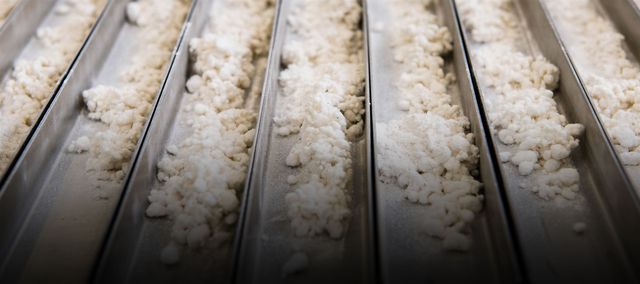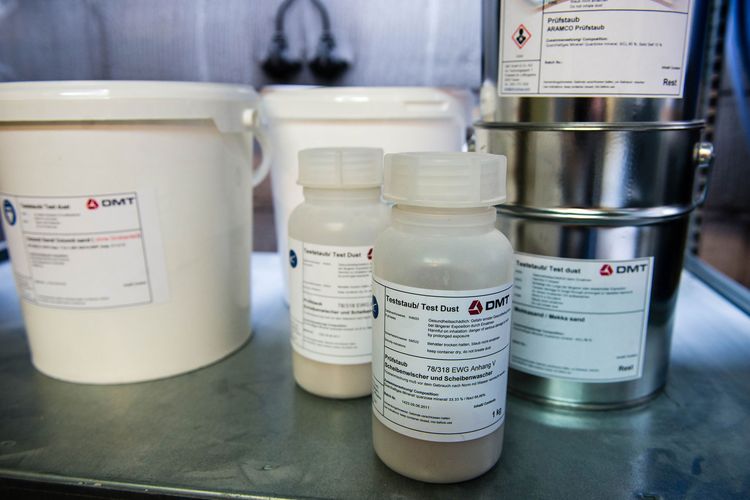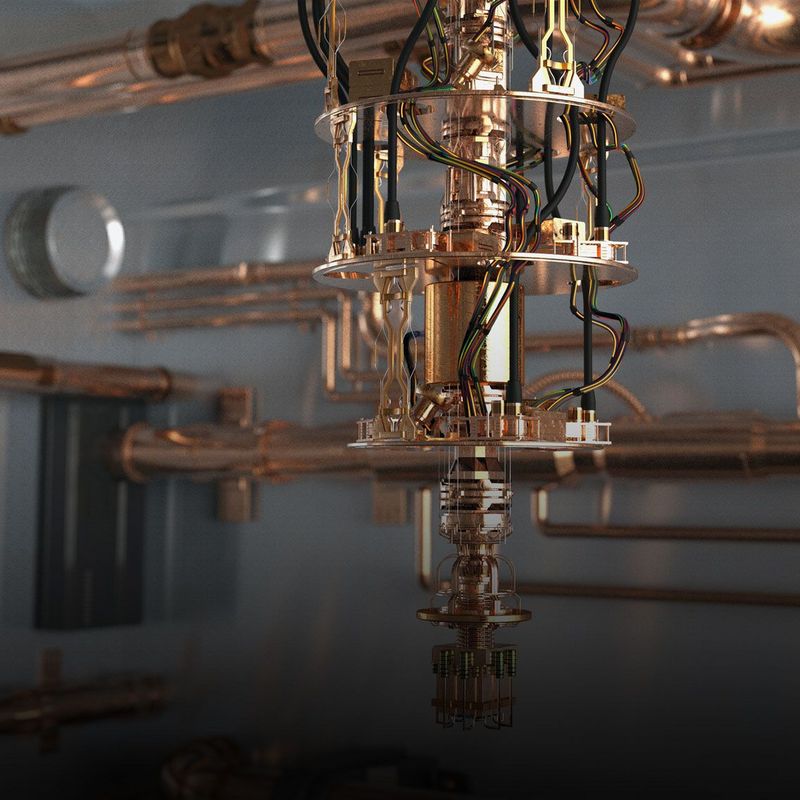28 June 2019
Dust is an unpleasant form of dirt and the right place for it is in the bin or in the vacuum cleaner dust bag – that is what most people think, but DMT does not entirely share this opinion. The experts from this subsidiary of TÜV NORD produce tons of dust each year, and actually sell it all over the world, including online. In a short interview, Dirk Renschen from DMT reveals the purpose of such “test dusts”, how to develop them and what lies behind so-called banknote dust.
#explore: What are test dusts?
Dirk Renschen: Vacuum cleaners or filters for ventilation equipment have to be tested with special test dusts in order to establish their performance data. In addition, such dusts can also reveal if equipment housings are tightly enough sealed, and they are also used for environmental simulations, which are relevant for cars, paints, solar installations and other technical products exposed to external influences. The basic principle is: everything that happens outside is very much subject to wear. If dust gets into a ball bearing, this can swiftly lead to damage or reduced performance – another application for test dust. In order to ensure that the results of the tests are comparable, only standardised test dusts may be used.
© TÜV NORD
How is a test dust developed?
First, we analyse the relevant real-life dust and then we set out to simulate it. We do not collect the dirt from the vacuum cleaner dustbag and then process it. And also for hygienic reasons, we only use man-made materials. For example, we have developed a synthetic house dust from mineral components, cellulose and cotton fibres. The fluff balls that can be found in every vacuum cleaner bag are simulated with high-quality cotton which is reduced to extremely fine fibres.
Why is the quality of the cotton that is used so important?
These dusts are in fact test media. Like a metre rule that I use for measuring lengths, a test dust is used to measure the quality of my filter. Therefore it is important that such a test dust always has the same composition. In the case of cotton, which is a natural material, however, the quality differs considerably according to the country of origin. We have established that Egyptian cotton exhibits the greatest consistency between batches. This is why it is the most suitable cotton for use in test dust.
"Test dust has to behave in a way which is as close as possible to real dust."
How similar is synthetic dust to its counterpart in the real world?
When developing a test dust there always has to be a compromise between real life situations and practicability. The composition of the dust in the outside air, for example, is very complex and changes according to the direction of the wind. House dust also varies considerably between households as regards its composition, depending on whether there are children or pets in the home. It would simply be too expensive to develop 20 different synthetic house dusts, and it would also be too complicated and would not really make sense. Test dust has therefore always to be rather simpler as regards its components, but must at the same time behave in a way which is as close as possible to real dust.
Which dust is most in demand?
As we have concentrated very strongly on the vacuum cleaner industry in the last 15 years, the demand for synthetic house dust is very strong. The second very common test dust is so-called A2 fine, which belongs to the group of Arizona test dusts, named after the State of Arizona in the USA. In the 1930s, General Motors established that the street dust in Arizona considerably shortens engine lifetimes. This was when the engine air intake filter was born, which can still be found in every internal combustion engine today. A test dust was also developed in order to test the functional efficiency of these filters – Arizona Road Dust. Four varieties of this are now available. And today A2 fine is very often used in filter tests such as for example environmental tests.
"The manufacturers of the printers for the Federal Printing Works placed an order for this test dust with us in order to improve this aspect of its machinery."
One of the dusts you offer is called “banknote dust”. But surely genuine banknotes are not shredded in order to make it?
No, neither do we use expired banknotes to manufacture the dust (laughs). It simulates the fine dust which occurs when banknotes are cut. This fine dust is very problematic for both people and machinery. The manufacturers of the printers for the Federal Printing Works placed an order for this test dust with us in order to improve this aspect of its machinery.
DMT originally comes from the mining sector. So how did you get involved in dust?
For many centuries, miners have suffered from silicosis caused by quartz dust. In order to put an end to this, de-dusting apparatus was developed for the mining industry in the Nineties. We at DMT were already engaged in dust measurement and reduction at that time and also undertook approval testing of this equipment. And in order to do that, large quantities of dust are needed – between 100 and 1,000 kilograms, depending on its character. To compare: most of our customers today purchase between one and two kilograms – and very few require more than 100. Because we ourselves consumed so much test dust, we moved on to qualifying the dust we purchased and to standardising it. And when we had the know-how to do this, we established that there was also a third-party requirement for test dusts. Now we have around 60 different types of dust in our portfolio, of which we sell a total of eight tonnes per year. Because it is not always easy for those responsible to find out which dust should be used for which test, we opened the first online Webshop for test dusts in May. Here it is possible to research all our test dusts and find out for which standards they should be used. This means that as a user it is quite simple to find the right test dust.
ABOUT
© TÜV NORD
Dirk Renschen is Product Testing Manager for Cooling & Air Quality at DMT in Essen. Dirk studied chemistry and his doctoral thesis was already concerned with air pollution. “Dust is not simply dust: as everywhere in the natural world, there is also a large variety of different dusts”, explains Renschen when talking about his interest in the subject. And as he points out, when examined under the microscope dusts also have a great deal to offer from the aesthetic point of view. “It is therefore not only an interesting, but also an attractive subject”, says Dr. Renschen.




